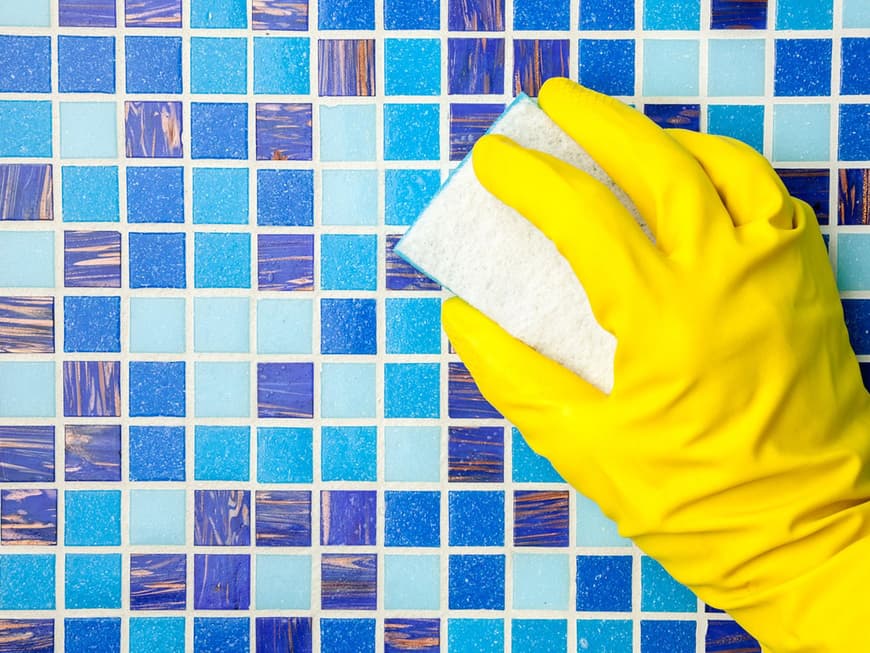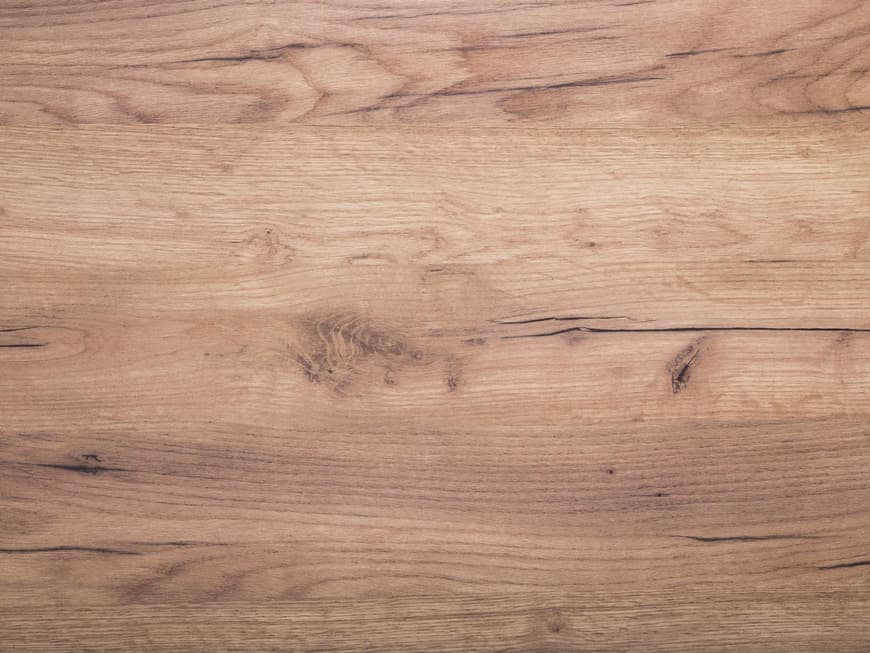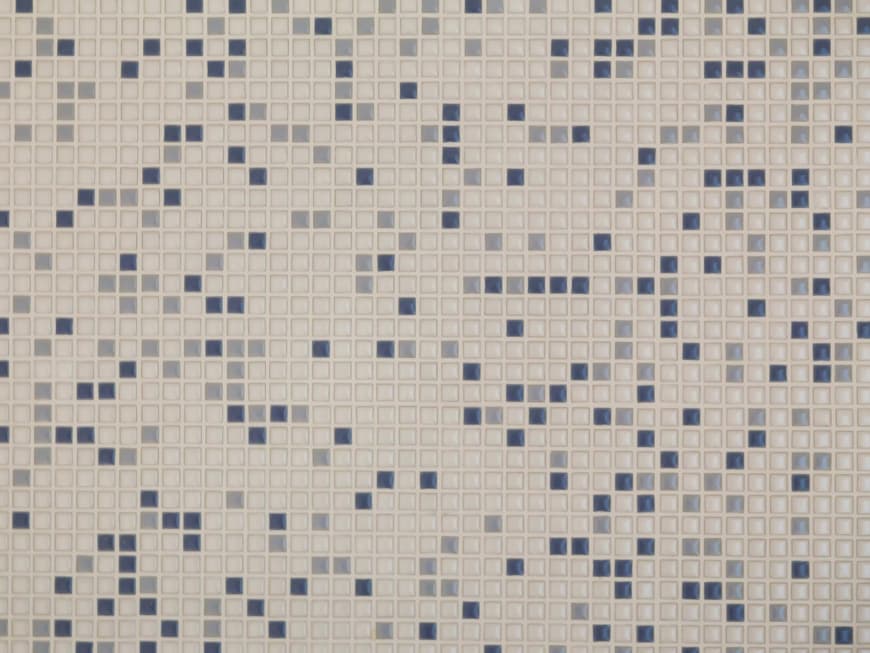Natural stone
A slab of marble or granite looks particularly elegant - but it is a bit of a diva. That's why you should impregnate the surface - there are various products for this, such as waxes. If you then want to clean the surface, it is best to use a special cleaner for natural stone - acidic agents would attack the material. And: use a soft, damp cloth for wiping. A dry cloth would rub the dirt into the slab and cause small scratches.
Tiles
The tiles above the hob are often dirty and greasy. It is best to clean the surface immediately after cooking. Water and washing-up liquid attack the material less than degreasers. Stubborn encrustations can be easily removed with a glass ceramic scraper. Tip: Replace the dirty water immediately if it is discolored - otherwise the joints will darken.
Glass ceramic
Glass ceramic hobs can be easily cleaned with a wet cloth and washing-up liquid. Ideally immediately so that no food residue burns in. Heavy incrustations can be removed with baking soda and water - even better with a glass ceramic scraper. Lemon juice also kills germs and ensures a shine and fresh fragrance. By the way: Damaged undersides of pots and pans can scratch the stove. So take a closer look at the cookware.
Plastic
Wooden worktops are often coated with plastic - this makes them more hard-wearing. A sponge and warm washing-up liquid are usually sufficient for cleaning surfaces. If it is very dirty, you can also use stronger cleaners - but not acid or scouring milk. These can damage the worktop.
Wood
Similar to natural stone, wood is also very sensitive - despite this, it is often used for worktops. Clean the surface with a mild cleaning agent, such as neutral detergent. The surface also needs to be oiled or waxed regularly. Stains should always be removed immediately so that they do not become embedded in the wood. It is also important to always wipe the worktop dry - as moisture can soak into the interior and the material can warp.
Stainless steel
It is actually quite easy to clean, but coffee and tea residues in particular can leave discoloration. To remove them, fill the sink with water and add some heavy-duty detergent. Leave to work for a good hour and wipe off with a cloth. Always wipe the sink dry and polish the surface to prevent water stains from forming. A 25 percent vinegar solution helps against limescale deposits.
You might also be interested in this:




